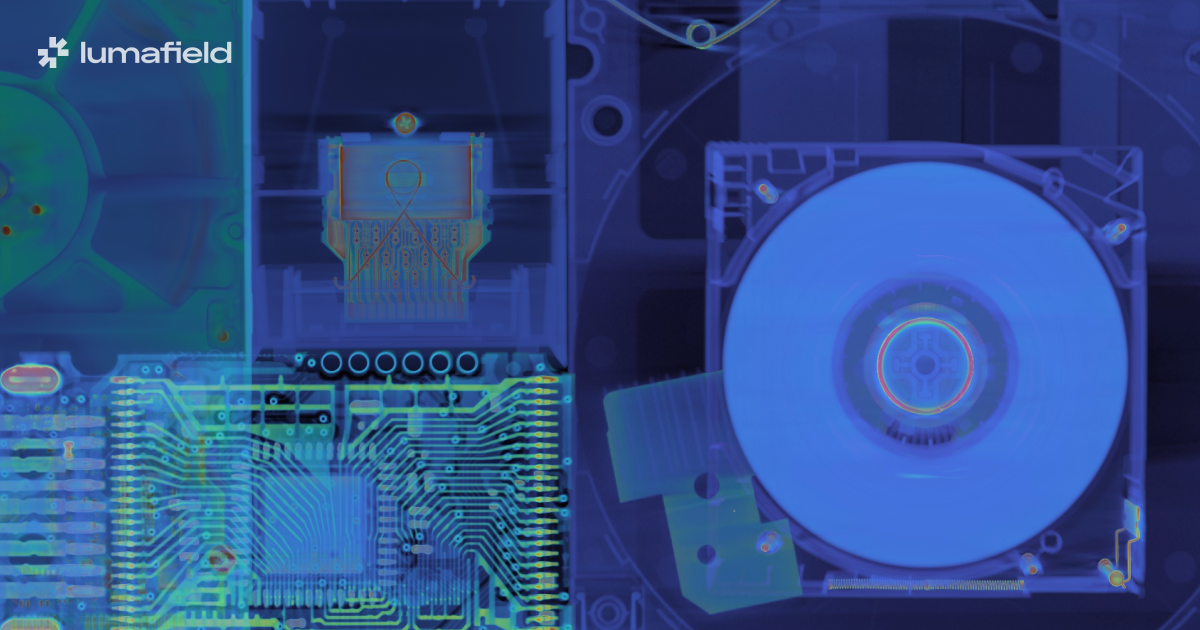Virtual Validation with industrial CT
The automotive industry is undergoing a seismic shift towards faster and more efficient development cycles, spurred by the escalating demand for innovative vehicles. Virtual Validation, leveraging the power of Industrial Computed Tomography (CT), is at the forefront of this transformation, offering an unparalleled approach to ensuring vehicle safety and performance without the lengthy timelines associated with traditional testing methods.
A strategic advantage for automotive manufacturers
Industrial CT provides a non-destructive way to inspect automotive components in exquisite detail, from the internal structure to the minute variances in material density. This advanced imaging technology is pivotal for:
- Non-destructive insights and comprehensive data acquisition: CT scans allow engineers to visualize intricate component details without dismantling or destroying prototypes. This capability is invaluable for examining complex parts made from advanced materials, enhancing the accuracy of inspections and reducing the need for physical prototypes.
- Enhanced simulation validity: By integrating CT-derived data into simulation models, engineers can mimic the exact characteristics of as-manufactured parts. This integration enriches the simulation’s predictive power, providing a robust platform for virtual testing that accurately reflects real-world conditions.
Iterative design and regulatory compliance
The rapid feedback loop facilitated by CT scanning not only expedites the iterative design process but also significantly reduces the environmental and financial costs associated with physical prototyping. Additionally, the detailed documentation generated from CT scans supports compliance with stringent regulatory standards, ensuring that automotive components meet all required safety and quality specifications before they hit the market.

Streamlining data integration
The transition to a simulation-driven development cycle is streamlined by effectively integrating CT data into CAE (Computer-Aided Engineering) systems. Integrated, cloud-based X-ray CT inspection and analysis platforms make it easier to feed data into CAE systems, ensuring seamless workflows that enhance both the efficiency and accuracy of simulations. Engineers can now quickly adapt designs based on precise, real-world data, drastically reducing development time and improving product reliability.
Leverage industrial CT for Virtual Validation
As the industry continues to face rapid technological changes and growing competitive pressures, embracing CT technology will be vital for OEMs to remain at the forefront of automotive design and production. To delve deeper into how industrial CT can transform your automotive validation process, download our free white paper The Engineer's Guide to Virtual Validation below.







.png)



.png)